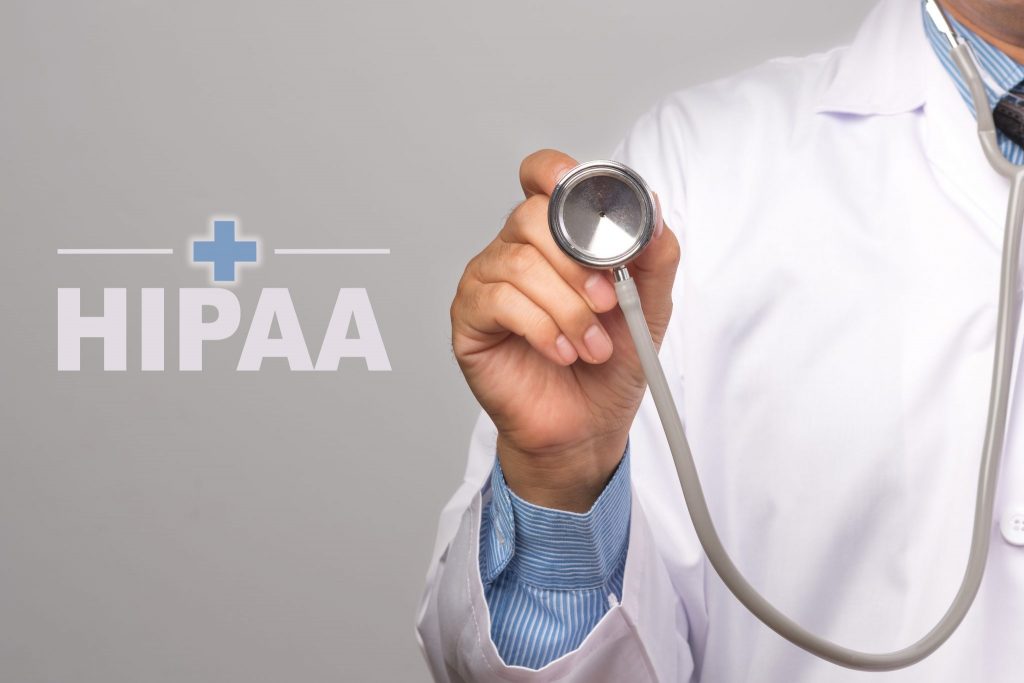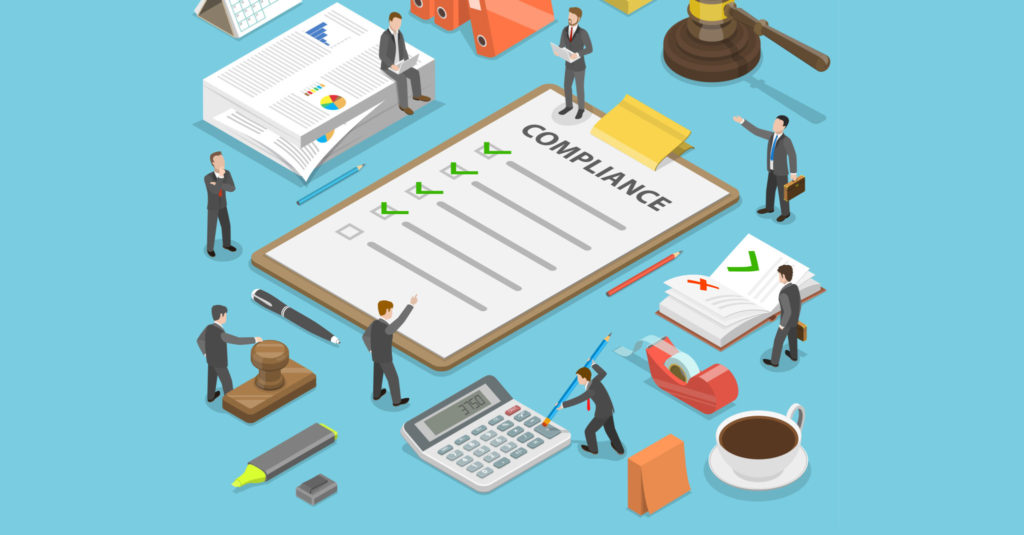The fax machine is often perceived as a technology that has come and gone, much like floppy disks, the Palm Pilot, and the Commodore 64. Even so, popular perception does not always match reality. In fact, there are actually a surprising number of myths and misconceptions surrounding the fax machine. In this article, I will address some of the more common myths and misconceptions.
Fax is a relic from the 1980s

I think that it is probably safe to say that most people think of the fax machine as being a relic from the 1980s. Even though the fax machine became popular during the 1980s, the device itself is actually far older. As strange as it may sound, the fax machine was patented by a scientist named Alexander Bain in 1843. Yes, you read that correctly. The fax machine predates the telephone.
Bain’s fax machine doesn’t really resemble modern fax machines all that much. It worked by using a stylus mounted on a pendulum to scan an image from a metal surface. The pendulum’s motion was synchronized to a second pendulum, thereby allowing the image to be replicated.
By all accounts, the device was slow and the image quality wasn’t very good. Even so, it is impressive to think that someone created a fax machine-like device nearly two centuries ago.
Nobody uses it any more
As you may have already guessed, another popular myth surrounding the fax machine is that the fax is an extinct technology that nobody uses any more. In actuality however, the fax is alive and well. There are two main reasons for this. First, faxing remains the preferred method for transferring documents in some foreign countries. As such, organizations that do business in those countries may depend heavily on the use of fax machines.
A second reason why the fax machine has not yet gone extinct is that there are some industries that still require documents to be physically signed rather than accepting computer generated e-signatures. This tends to be especially true for health care and government, but fax machines are also still widely used in banking and in law firms.
Faxes lack privacy and are therefore insecure

Regulations such as HIPAA, PCI, and GDPR have forced organizations to ensure that sensitive data is kept secure and private. As such, faxing might at first seem to be a poor choice for use in regulated industries.
The perception that fax is a poor choice when privacy is a concern likely stems from the way that fax machines were used back in the 1990s. Back then, almost every office had a communal fax machine. If someone was expecting a fax, they would usually have to look through all of the other faxes that had arrived in an effort to find out whether or not their fax had come in.
In other words, everyone saw everyone else’s faxes, and it sometimes led to some rather uncomfortable situations. I recall, for example, once seeing a letter from someone’s ex-spouse’s lawyer sitting on a communal fax machine.
In spite of the fact that the fax machines of the 1990s gained a reputation for being the least private form of communication imaginable, those fax machines from so long ago were surprisingly secure when compared to something like email. Think about it for a moment: Fax machines provided direct dial, point-to-point communications that were not routed over the Internet. Likewise, fax machines were not susceptible to malware, and faxes were, for all practical purposes, tamperproof.
Another nice thing about the way that faxes work is that faxes provide immediate delivery confirmation. In contrast, it is always difficult to know for sure whether someone to whom you have sent an email actually received that message, or if it went straight into their spam filter. Learn more about how email to fax works.
Faxing is inefficient and expensive

One of the reasons why the old-school fax machine eventually fell out of favor was because it gained a reputation for being both inefficient and expensive. The devices themselves really didn’t cost that much, but a heavily used fax machine could consume an astounding quantity of ink. Those machines also incurred the cost of a dedicated phone line, and a lot of paper was wasted due to things like paper jams, inbound fax spam, and cover pages.
Modern fax servers are paperless, and therefore mitigate the problems associated with legacy fax machines. Rather than printing an inbound fax, and leaving it in a communal location for all to see, fax servers route inbound faxes to a recipient’s Inbox, much like an email message. As such, modern fax solutions allow faxes to remain private, and they do not require ink or paper.
Fax is a compliance nightmare

Another reason why today’s organizations sometimes shy away from the use of faxes is because fax is sometimes viewed as being a compliance nightmare. Fax is a form of electronic communication, and in regulated industries, fax communications may be subject to the same privacy and security laws as Email. That being the case, fax may be regarded as introducing unnecessary risks or insurmountable challenges.
Believe it or not, fax can actually be a great option for use in regulated industries — if it is implemented properly. In order to do that however, it is necessary to understand some of the challenges associated with using fax in such industries.
One potential problem with using a fax machine in a regulated industry is the potential for accidentally faxing sensitive information to the wrong number. If this idea sounds far-fetched, then consider that I have actually done this myself. Years ago, I accidentally dialed the wrong number while attempting to fax a credit card authorization form to a travel agent. Thankfully, the recipient of the fax contacted me and told me what had happened.
The point is that there can be harsh penalties for accidentally faxing certain types of information to a wrong number. A network fax server can help to eliminate this potential problem by letting users send faxes to recipients appearing on their contact lists rather than manually dialing a phone number.
Another reason why faxes are sometimes considered to be a compliance nightmare is because many regulations impose retention requirements on electronic communications. Legacy fax machines make it nearly impossible to enforce document retention.
A network fax server can be linked to a message archiving solution such as GFI Archiver. This allows fax data to not only be retained, but also indexed. The archiver performs optical character recognition on the fax, thereby making the fax contents searchable. This is an extremely useful capability in the event that the organization should ever have to perform eDiscovery in response to a subpoena or a regulatory audit.
In spite of what most of the people in the world seem to think, fax did not go extinct in the 1990s. In fact, faxing has evolved considerably, and network fax servers such as GFI FaxMaker have allowed fax to remain a viable communications platform for the foreseeable future. When combined with a message-archiving solution, fax can be a great option for use in regulated industries.
Images: Shutterstock



